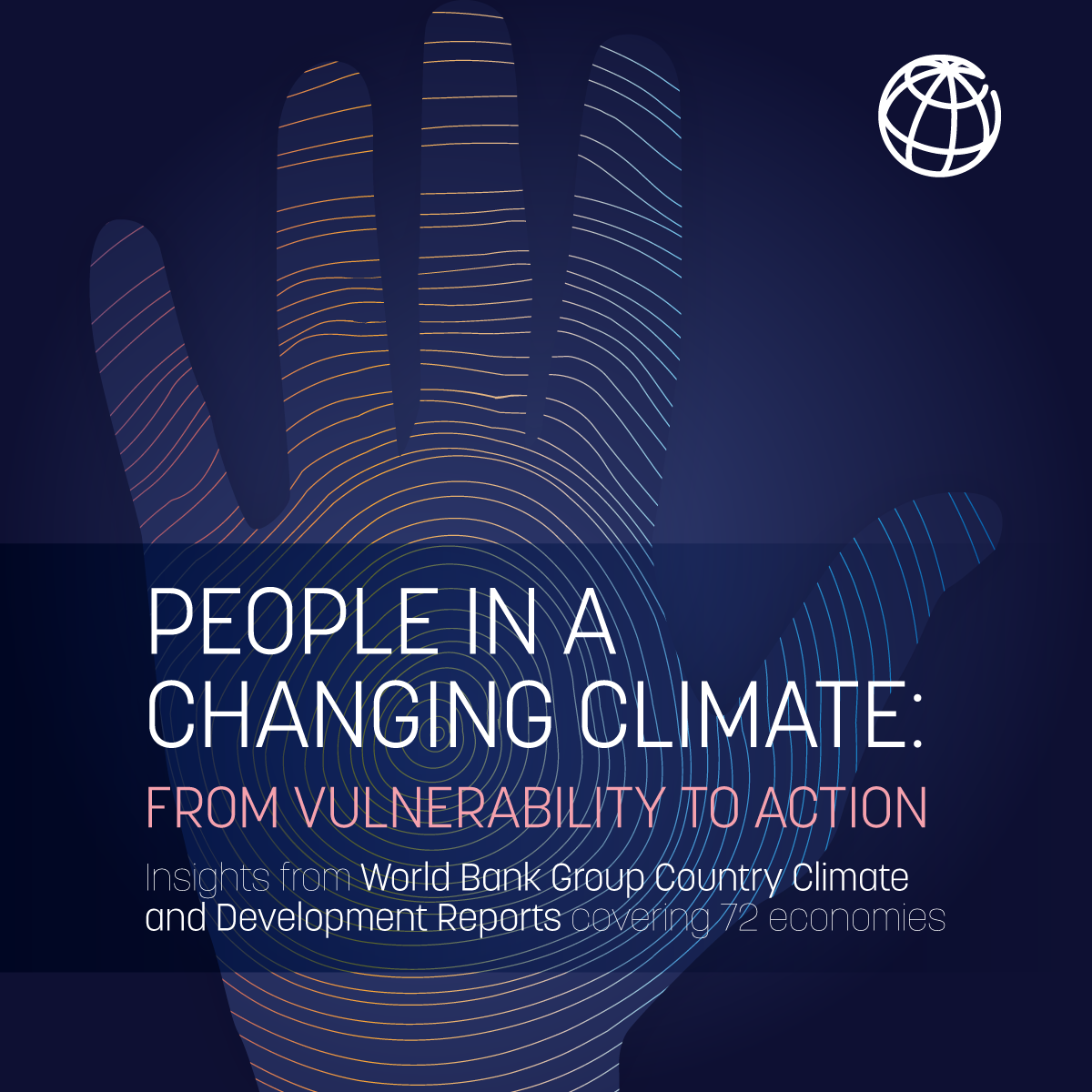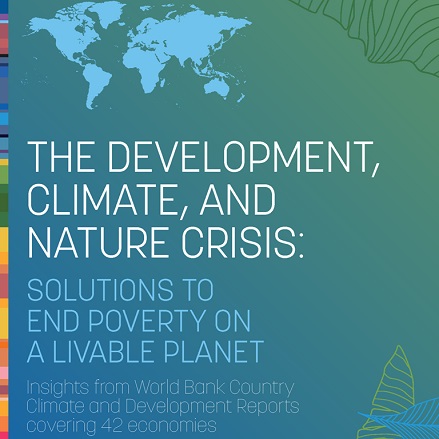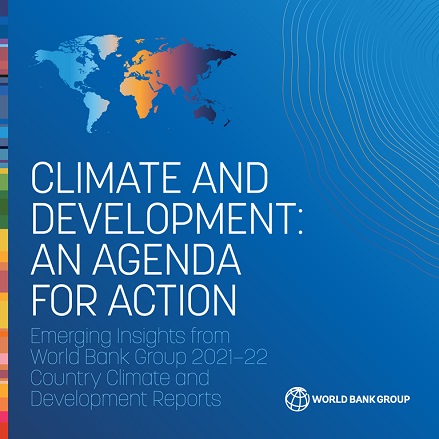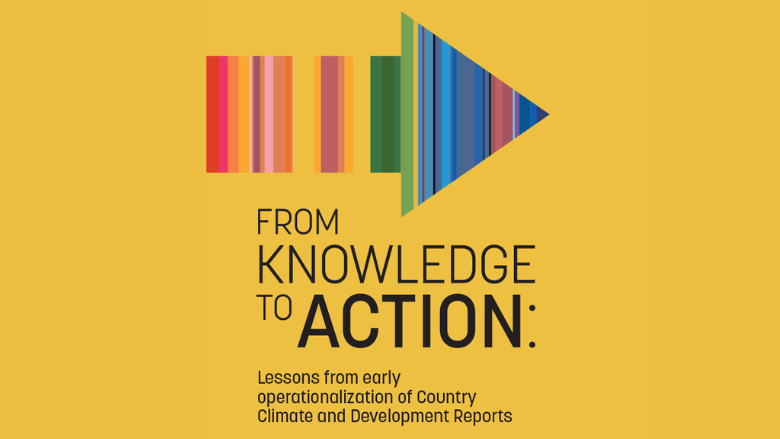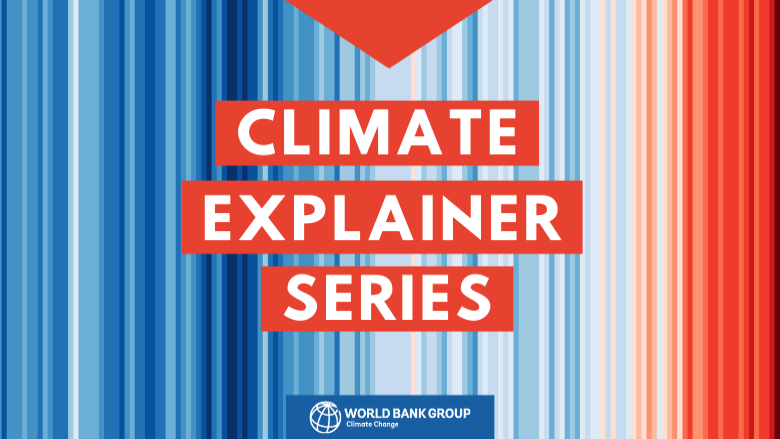CCDRs are:
- Firmly anchored in a country’s development goals.
- Analytical reports reflecting the World Bank Group view and aimed at engaging with government counterparts, the private sector, academia, think tanks, civil society, and any other relevant audience.
- First being produced for 25 countries and will be rolled out to at all WBG countries over the next four years.
What will success look like?
CCDRs help inform policy and institutional reforms, as well as public and private investments, that support high-impact climate action. For the high-emitting countries, this means integrating GHG reduction with development objectives in their approaches, planning, budgeting, and strategies while integrating adaptation and resilience considerations and the need for just transitions, by supporting people negatively affected by climate action. For countries with high vulnerability, this means integrating approaches that help them prepare better and adapt to the risks of climate change, while also considering the benefits of a transition to a low carbon economy.
As public documents, CCDRs can inform platforms for governments, their citizens, the private sector, and partners to engage on the development and climate agenda, supported by better coordination at the country level. CCDRs can also signal high impact actions that may attract funding from concessional and commercial financing from development financiers, including non-traditional donors, and the private sector.
How will CCDRs be produced?
CCDRs are prepared with expertise from the World Bank, International Finance Corporation (IFC), and Multilateral Investment Guarantee Agency (MIGA), as well as coordination with the International Monetary Fund (IMF); Benefit from engagement with government counterparts, the private sector, academia, think tanks, and civil society; Will be publicly available, produced for 25 countries this year, and rolled out to all WBG client countries over the next five years.
What will CCDRs accomplish?
CCDRs will help inform country development strategies in a manner that integrates climate and development; Support countries as they define, update, and implement their NDCs, by identifying concrete ways to increase resilience and adaptation and reduce GHG emissions in a manner that supports development; Help inform WBG country engagement products, such as Systematic Country Diagnostics (SCDs) and Country Partnership Frameworks (CPFs).
The launch of CCDRs can inform platforms for governments and private sector investors, their citizens, and partners to engage on the development and climate agenda. CCDRs can support coordinated, country climate platform activity by convening private sector investors, alongside governments and MDBs, to catalyze new private financing activity and long-term enabling environment strengthening. CCDRs can thus help direct concessional and private financing to high impact climate action from development financiers, including non-traditional donors, and the private sector.
Examples of questions that CCDRs will consider:
Adaption and resilience
What are the main risks from disasters and climate change in the country? What are the poverty, distributional, employment, and exclusion impacts of existing climate risks on households and communities? What are the risks to sectors that are major exporters, employers, or value-addition creators? What policy changes and investments need to be prioritized to support necessary adaptation and resilient efforts? What are the costs of these investments?
Low-carbon transitions:
What are the costs, challenges, and opportunities from climate action to reduce GHG emissions, increase productivity and growth, and reduce poverty? How exposed and how resilient are the country’s economy and public finances to potential drops in demand for fossil fuels and to the introduction of trade policies that favor low-carbon goods and services? How will people be impacted by the low-carbon transition and what measures can be taken to support negatively impacted segments of society? What are the policy changes and investments that need to be prioritized to achieve a meaningful reduction in GHG emissions?
Financing the transition:
What are the costs of investments in support of climate actions and how will they be financed? What would be the implications for public finance and debt sustainability? How can policy reforms inform and support this financing? What are the bottlenecks for private sector investment in climate action, and what regulatory reforms and incentives are needed to facilitate and support the involvement of the private sector, including for capital mobilization?
CCDRs recommendations:
- CCDRs will propose a set of selected climate-related recommendations and assess their costs and benefits for countries to achieve green, inclusive, and resilient development.
- Recommendations are expected to identify high impact areas of action, with a focus on actions that can be implemented over the next 10 years.
- Since financing is a critical challenge, it is particularly important to have recommendations that consider spending and financing/funding, where feasible.

